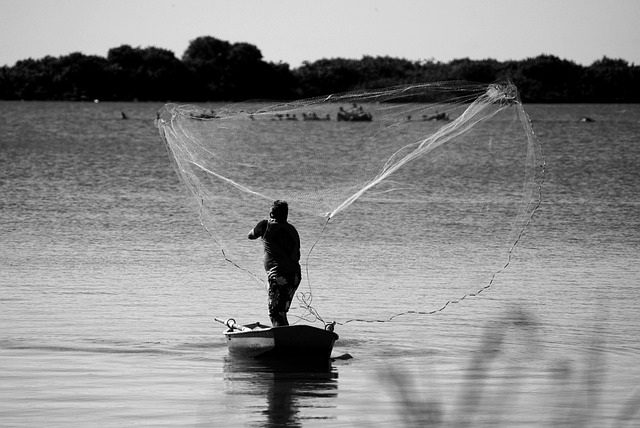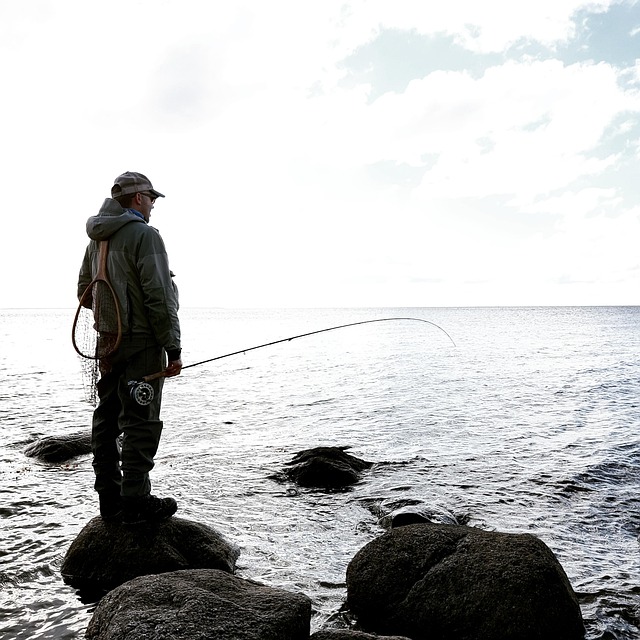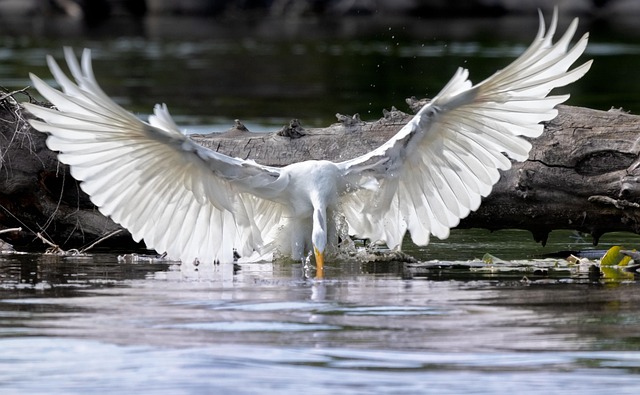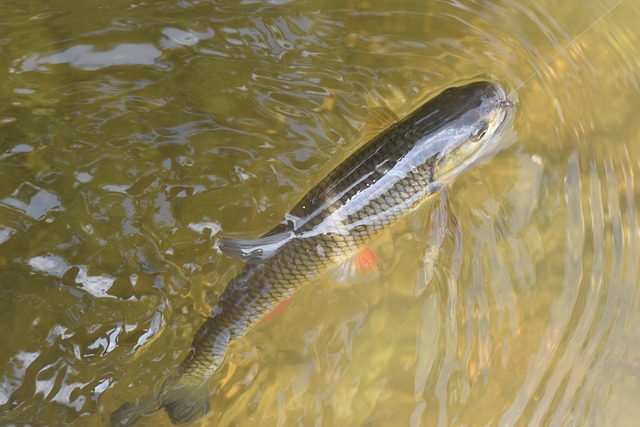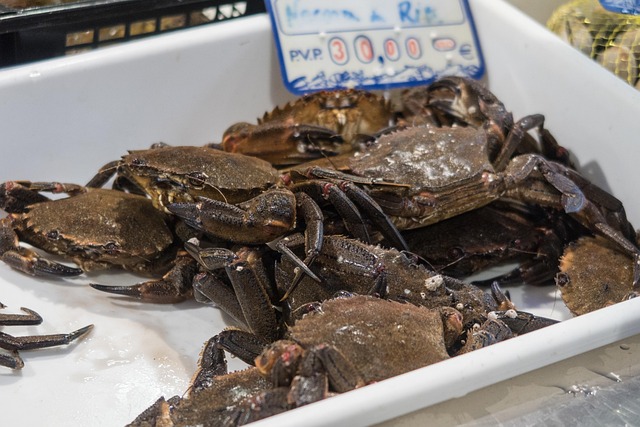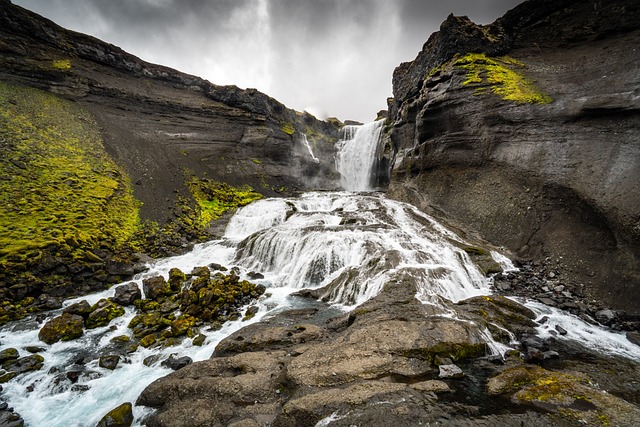The McKenzie River's catch-and-release fishing practice is a key strategy for McKenzie River fishing conservation, aiming to preserve the river's ecosystem and biodiversity. By handling fish carefully and releasing them, anglers protect the delicate balance of the waterbody, ensuring its renowned fishing status for future generations. This method, coupled with conservation efforts by organizations like the McKenzie River Fishing Association, includes habitat restoration and education programs. Local communities actively participate in monitoring and promoting sustainable angling practices, contributing to the river's health and vitality. Regular fish population surveys guide management decisions, emphasizing catch-and-release as a vital tool for maintaining ecological balance in the McKenzie River.
“Explore the sustainable practices shaping the future of McKenzie River fishing through catch and release. This article delves into the eco-friendly approach, highlighting its benefits for maintaining robust fish populations. We examine best practices for anglers, emphasizing responsible techniques to ensure the river’s health. Furthermore, it explores community involvement, monitoring efforts, and regulation strategies, showcasing a holistic conservation approach vital for the McKenzie River’s ecological tapestry.”
- Understanding Catch and Release on the McKenzie River
- Benefits of Implementing Conservation Practices
- Best Practices for Responsible Fishing
- The Role of Local Communities and Anglers
- Monitoring and Regulating Fish Populations
Understanding Catch and Release on the McKenzie River
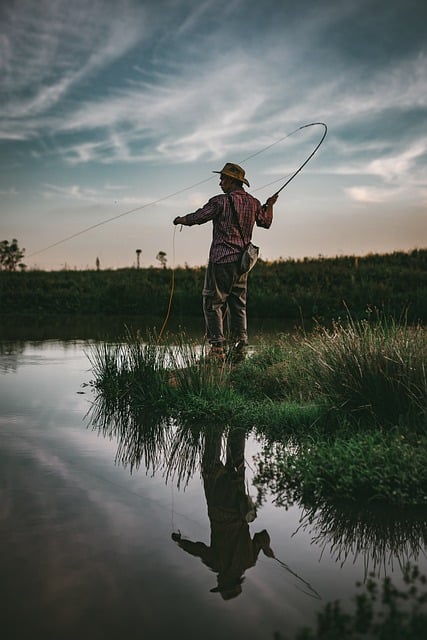
The catch-and-release practice on the McKenzie River is a significant aspect of sustainable fishing and conservation efforts. This method encourages anglers to carefully handle and quickly return fish to the water, minimizing any adverse impact on the river’s delicate ecosystem. By adopting this approach, anglers can contribute to preserving the rich biodiversity that makes the McKenzie River such a renowned fishing destination.
Fishing enthusiasts who practice catch-and-release prioritize the health of the fish population over keeping caught specimens. They aim to experience the thrill of a successful catch while ensuring the river’s fish remain vibrant and available for future generations. This conservation-focused approach is especially vital in maintaining the ecological balance of the McKenzie River, known for its pristine waters and diverse species.
Benefits of Implementing Conservation Practices
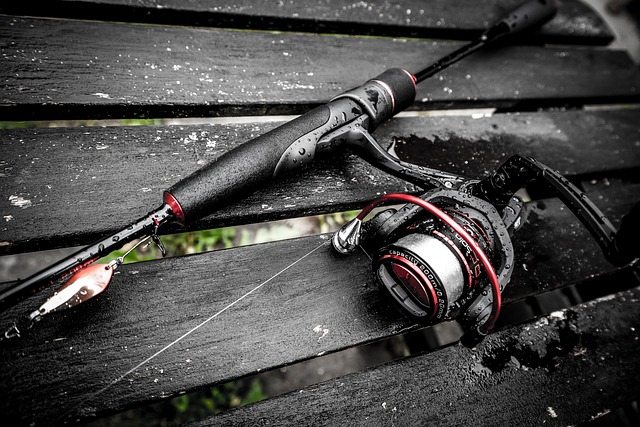
Implementing catch and release practices on the McKenzie River is a significant step towards preserving the region’s rich fishing heritage for future generations. This conservation approach allows anglers to enjoy the thrill of catching fish while ensuring their well-being and the overall health of the ecosystem. By adopting these practices, local fishing communities can witness the restoration and sustainability of the river’s aquatic life.
McKenzie River fishing conservation plays a pivotal role in maintaining the delicate balance of the river’s biology. It helps prevent overfishing by encouraging anglers to release caught fish back into the water, allowing them to reproduce and sustain the population. This method also minimizes the impact on non-target species, ensuring diverse aquatic habitats thrive. As a result, anglers can continue to enjoy exceptional fishing experiences while contributing to the long-term viability of the river’s ecosystem.
Best Practices for Responsible Fishing

The Role of Local Communities and Anglers
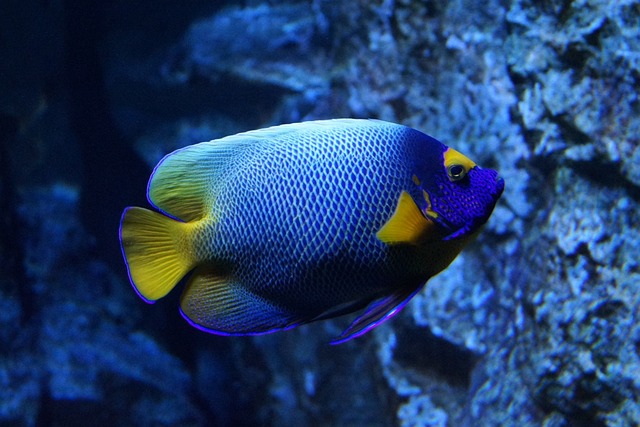
The involvement of local communities and anglers plays a pivotal role in the successful implementation of catch-and-release practices on the McKenzie River, contributing significantly to its fishing conservation efforts. These dedicated individuals serve as the eyes and hands of the river’s guardians, actively monitoring water quality, identifying potential threats, and promoting sustainable angling habits. By educating fellow anglers about the importance of catch-and-release, they ensure that the delicate ecological balance of the McKenzie River is maintained.
Local communities organize initiatives to engage anglers in conservation efforts, such as clean-up events and workshops, fostering a culture of environmental stewardship. Their collective actions help reduce the impact of invasive species, prevent pollution, and preserve the river’s biodiversity. This collaborative approach not only preserves the scenic beauty of the McKenzie River but also ensures that future generations can continue to enjoy its abundant fishing opportunities while maintaining the health and vitality of this precious natural resource.
Monitoring and Regulating Fish Populations
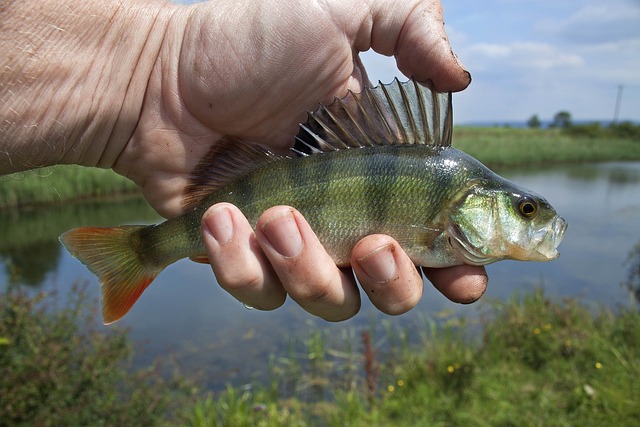
The health of fish populations in the McKenzie River is continually monitored and regulated through various conservation practices, ensuring a sustainable future for both the ecosystem and local fishing communities. This involves regular surveys to assess the abundance, diversity, and size of different fish species. By studying these factors, wildlife managers can make informed decisions about the river’s ecological balance.
Catch and release fishing is a key component of this regulation. Anglers are encouraged to practice responsible catch and release techniques, ensuring that captured fish are carefully returned to the water unharmed. This approach not only preserves the existing fish populations but also allows for future generations of anglers to enjoy the McKenzie River’s renowned fishing opportunities, fostering a harmonious relationship between conservation and recreation in the region’s rich fishing heritage.








